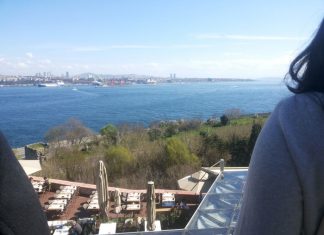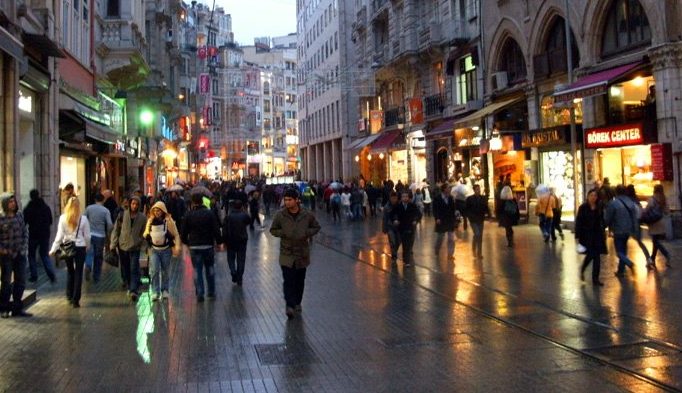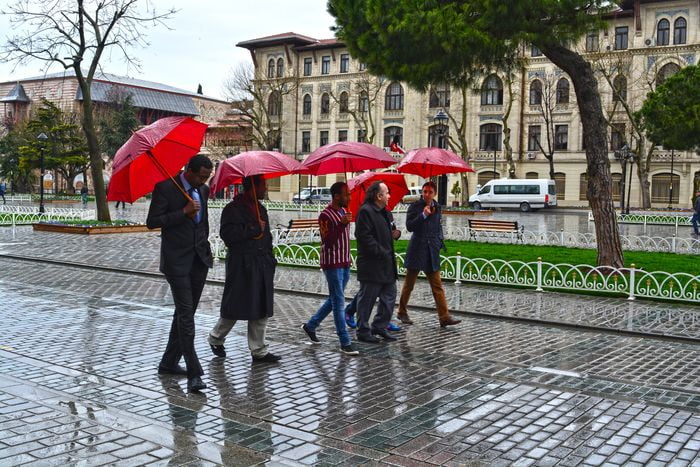Commentary.-What better proof have we that images are the books of the illiterate, the ever-speaking heralds of honouring the saints, teaching those who gaze upon them without words, and sanctifying the spectacle. I have not many books nor time for study, and I go into a church, the common refuge of souls, my mind wearied with conflicting thoughts.
I see before me a beautiful picture and the sight refreshes me, and induces me to glorify God. I marvel at the martyr’s endurance, at his reward, and fired with burning zeal, I fall down to adore God through His martyr, and receive a grace of salvation. Have you not heard the same holy father in his homily on the beginning of the Psalms, say that the Holy Spirit, knowing the human race were obstinate and hard to lead, mixed honey with the psalm-singing? What do you say to this? Shall I not perpetuate the martyr’s testimony both by word and paint brush?
Shall I not embrace with my eyes that which is a wonder to the angels and to the whole world, formidable to the devil, a terror to demons, as the same great Father says? Again, towards the end of his homily on the forty martyrs, he exclaims, “O sainted band! O sacred fraternity! O invincible army! protectors of the human race, solace of the troubled, hope of your petitioners, most powerful intercessors, light of the world, bloom both intellectual and material of the Churches! The earth has not hidden you from sight, heaven has received you. May its gates be opened to you. The spectacle is worthy of angels and patriarchs, prophets, and just.”
Commentary.– How shall I not desire to see what the angels desire? St Basil’s brother, who is one with him in thought, St Gregory of Nyssa, shares his sentiments.
St Gregory of Nyssa, from the “Structure of Man”
Supplementary.-Just as in human fashion the image makers of the powerful grasp the character of the form and set forth the royal dignity with the insignia of the purple, and their handiwork is called image or king, so is it with human nature. As it was created to rule over other creations, it was made as an animated type or image, partaking of the original in dignity and name.
The same, Fifth Chapter
The divine beauty is not set forth either in form or comeliness of design or colouring, but is contemplated in speechless blessedness, according to its virtue. So do painters transfer human forms to canvas through certain colours, laying on suitable and harmonious tints to the picture, so as to transfer the beauty of the original to the likeness.
Read More about Apologia of St John Damascene Against those who Decry Holy Images Part 78








